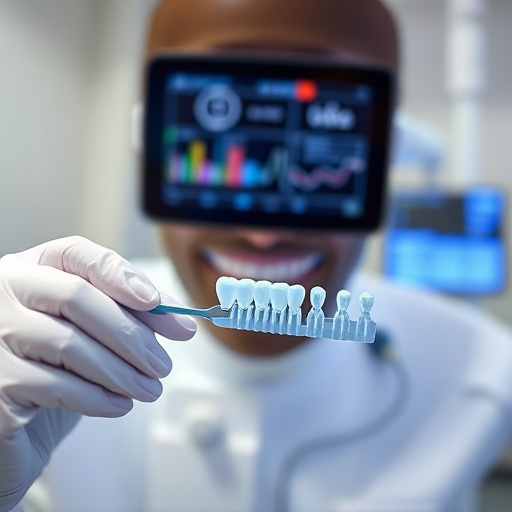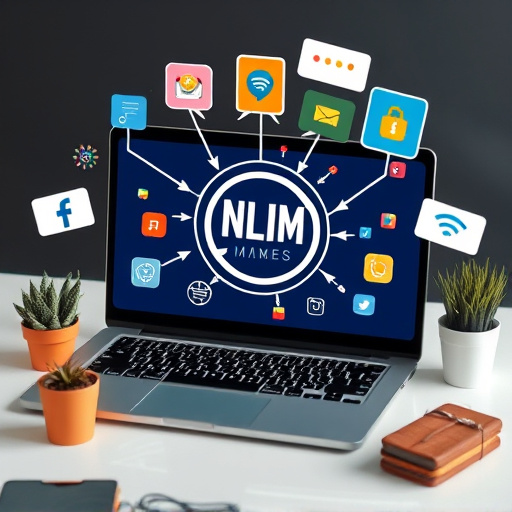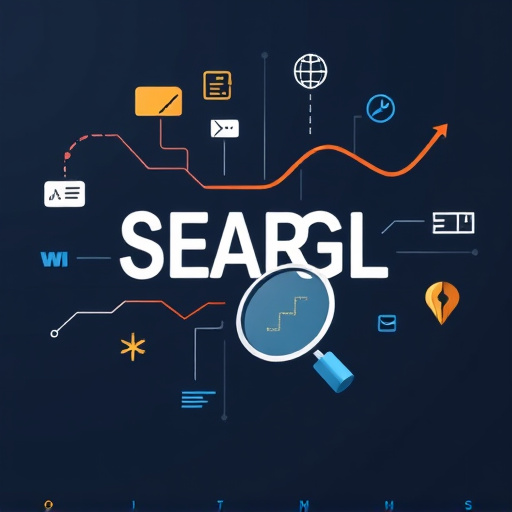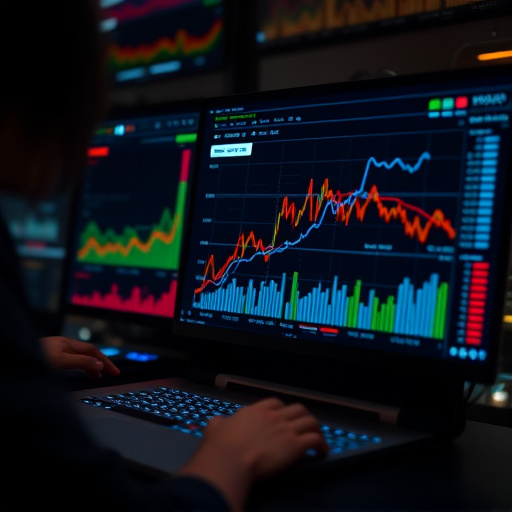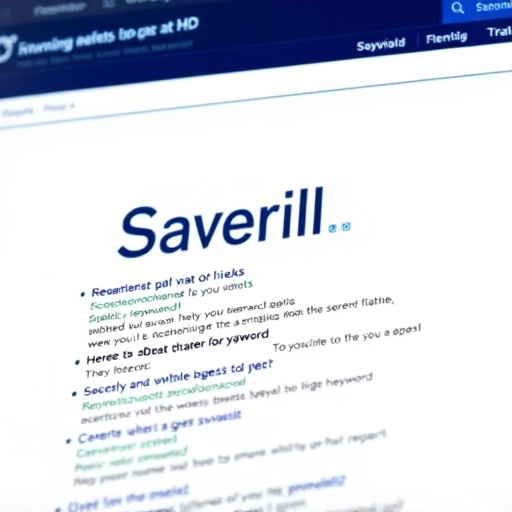Internal linking improves user experience and SEO by strategically connecting relevant pages, encouraging exploration, boosting engagement, and guiding users to valuable content. Analyzing metrics like bounce rate, time on page, and click-through rates shows its impact on site performance. Effective patterns include interlinking blog posts, providing contextual authority, and using CTAs, leading to increased traffic, improved search rankings, and better user experience, especially for local businesses enhancing local SEO efforts.
Internal linking is a powerful strategy to enhance your website’s performance. By strategically connecting relevant pages within your site, you can significantly boost user engagement and improve search engine optimization (SEO). This article delves into the intricacies of internal linking, exploring its role in increasing website traffic. We’ll guide you through understanding the strategy, its impact on SEO and user experience, and measuring success, ultimately helping you optimize traffic flows effectively.
- Understanding Internal Linking Strategy
- Boosting SEO and User Engagement
- Measuring Success and Optimizing Traffic Flows
Understanding Internal Linking Strategy
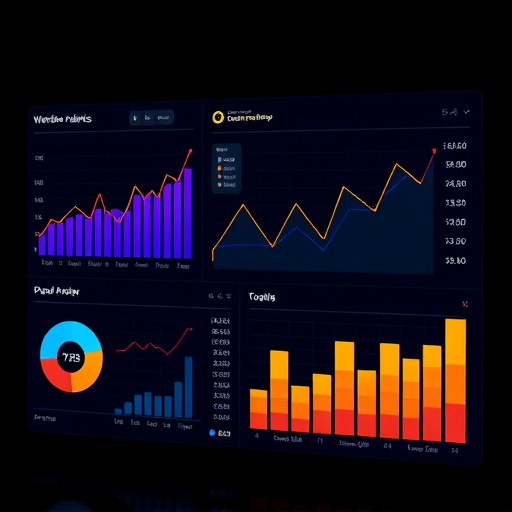
Internal linking is a powerful strategy to enhance user experience and boost your site’s SEO efforts, ultimately leading to increased website traffic. It involves creating hyperlinks within your website that direct users to other relevant pages on the same domain. By strategically placing these links, you can encourage visitors to explore more of your content, improving their engagement. This technique is especially beneficial for larger websites with diverse topics, as it helps users discover new and related pages they might otherwise miss.
A well-designed internal linking strategy should consider both the user’s navigation needs and search engine optimization. It involves hyperlinking keywords or phrases within your content to similar or complementary pages on your site. For instance, a blog post about “web design trends” could link to other articles on your website discussing specific trends in detail. This not only guides users toward valuable information but also allows search engines to understand the context and relevance of your web pages, potentially improving rankings for related keywords, such as “website design Fort Worth” or “web design South Florida.”
Boosting SEO and User Engagement
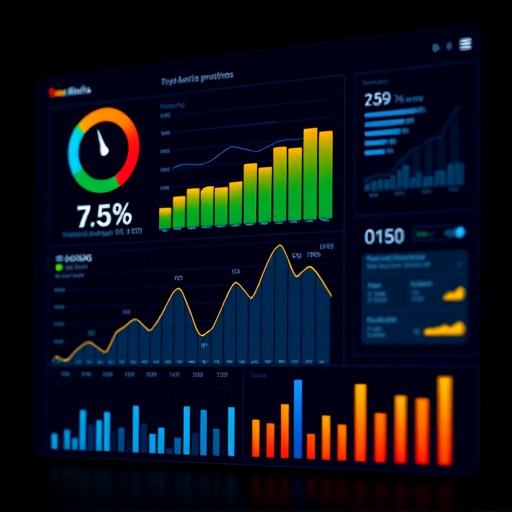
Internal linking plays a pivotal role in boosting both your site’s Search Engine Optimization (SEO) and user engagement. By strategically connecting relevant pages within your website, you create a seamless navigation experience that encourages visitors to explore more content. This not only improves the overall user experience but also signals to search engines that your site is rich in valuable information, making it more likely to rank higher for related keywords. When users find what they’re looking for easily, they’re more inclined to stay longer, scroll deeper, and interact with various elements on the page, ultimately leading to increased website traffic.
Moreover, internal linking can significantly enhance local SEO efforts, especially when coupled with a well-designed mobile-friendly website. By interconnecting location-specific pages or those featuring relevant services or products, you help search engines understand your site’s geographic focus. For instance, if you have a business in Dallas, incorporating local keywords into your web design near me and strategically linking to relevant pages can improve your visibility in local searches, driving more targeted traffic from your nearby community.
Measuring Success and Optimizing Traffic Flows
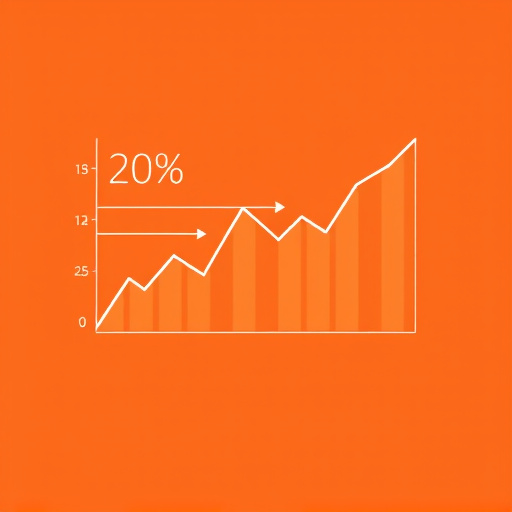
Measuring success is paramount to understanding how internal linking impacts your site’s performance. Key metrics like bounce rate, time on page, and click-through rates (CTR) provide insights into user engagement. A drop in bounce rate and an increase in time spent on pages indicate that internal links are guiding visitors to relevant content, fostering deeper interaction. By analyzing these signals, a website design agency can identify high-performing pages and optimize them further.
To enhance traffic flows, focus on creating strategic internal linking patterns. Interlink relevant blog posts within articles, link to authoritative resources for context, and incorporate call-to-actions (CTAs) to encourage exploration. Optimizing these connections not only boosts local search visibility but also enhances the overall user experience. Leveraging SEO marketing services to implement effective internal linking strategies can significantly contribute to increasing website traffic and improving search engine rankings.
Internal linking is a powerful strategy to enhance user experience and significantly boost your website’s visibility. By optimizing traffic flows through strategic internal links, you not only improve SEO but also create a seamless journey for visitors, encouraging them to explore more pages and ultimately increasing the likelihood of conversions. This proven technique is essential in today’s digital landscape, where effective navigation and content organization can make all the difference in keeping users engaged and returning for more.




